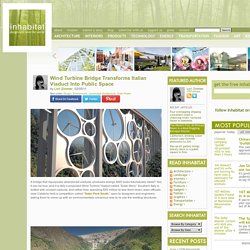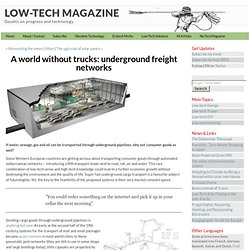

Architecture Design Modern Art and more. Meera house is definitely an architectural wonder with rich green roof gardens on every level created by the Guz Architects.

It’s situated on Sentosa Island, often known as Palau Blakang Mati. A little fishing village made by the Government of Singapore like a hotel island and a vacationer spot. Sentosa signifies tranquility and peace, however it’s buzzing with leisure events throughout every season. Sentosa Island is between the coolest, sunny beaches in Singapore. Sentosa beaches are fantastic for outdoor recreation for example rollerblading, cycling, beach volleyball or kayaking. Sky Garden house that has a magnificently curved roof is snuggled up in a tiny parcel of land surrounded by the nearby buildings. The front and rear portions are utilized to design beautiful roof gardens and terrace gardens. Guz architects have done amazing job by designing a house that gives the tranquility of nature and fully laced with modern amenities. Photographer: Patrick Bingham Hall. Design-oriented site for sustainable homes, natural materials, and green technology.
Low impact living. Cities. Roof. MIT Energy Initiative. Recycled Building Material Stronger than Concrete. A new building material has the potential to divert large quantities of waste from landfills. UK company Affresol offers a truly novel building material called Thermo Poly Rock (TPR), which is made from select waste products. The resulting material is stronger than concrete, is waterproof, fire retardant, and can be used to build low-cost modular housing. Each house built with TPR panels will save an average of 18 tons of waste material from being disposed of in landfills. "Every country in the world has issues with waste and we now have an opportunity to turn waste into an enduring housing resource that is 100% recyclable. " - Ian McPherson, Affresol TPR is cold-produced from waste products mixed with resin and polymers which can then be poured into molds like concrete.. The TPR panels can be used to frame houses, saving large amounts of lumber in the building process, and because the material is waterproof, houses can be put up year-round.
Wind Turbine Bridge Transforms Italian Viaduct Into Public Space. A bridge that repurposes abandoned viaducts, produces energy AND looks futuristically sleek?

Yes, it can be true, and it is Italy’s proposed Wind Turbine Viaduct called “Solar Wind.” Southern Italy is dotted with unused viaducts, and rather than spending $50 million to tear them down, town officials near Calabria held a competition called “Solar Park South,” open to designers and engineers asking them to come up with an environmentally conscious way to re-use the existing structures. Solar Wind, conceived by the design team of Francesco Colarossi, Giovanna Saracino and Luisa Saracino, has an abundance of green benefits. Using the space between the viaduct, the team proposed installing 26 wind turbines, which would produce 36 million kilowatt hours of electricity per year! Additionally, the roadway across the bridge would be densely lined with solar cells coated in clear plastic, producing another 11.2 million kilowatt hours. A world without trucks: underground freight networks. "You could order something on the internet and pick it up in your cellar the next morning" Sending cargo goods through underground pipelines is anything but new.

As early as the second half of the 19th century, systems for the transport of mail and small packages became quite common in most world cities. In these pneumatic post networks (they are still in use in some shops and large buildings today), little capsules are propelled by means of air pressure through tubes, reaching a speed of around 35 km/h (25 mph). Paris and Berlin had more than 400 kilometres of extensive citywide networks that were in use until the end of the 20th century – in Prague, the pneumatic system was even operating until 2002 when it was damaged by a flood.
In the United States, the technique was already abandoned in the 50s, in favour of trucks and new communication technology. Revival However, even though the concept clearly works, simply copying the two centuries old technology is not the way forward.